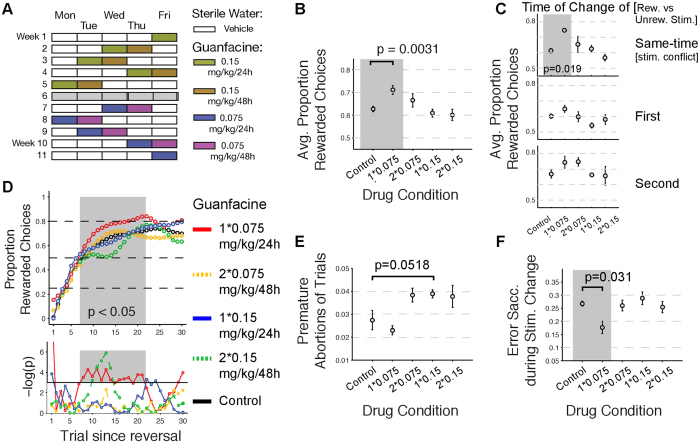Figure 2. Dose-dependent improvement of reversal learning performance.
(A) Illustration of the dose-identification protocol with blinded application of sterile water (control condition) or 0.15 mg/kg Guanfacine on two successive days in the first 5 weeks, and 0.075 mg/kg on two successive days in the last 5 weeks. No drug or vehicle was administered in week 6. (B) Average proportion of rewarded choices for the control and drug conditions. The bracket connects those points with statistically significant differences (Wilcoxon rank sum test). The grey background additionally highlights the significantly different pair. (C) Average proportion of rewarded choices separated by the time of change (top: simultaneous dimming; middle: rewarded stimulus dims first; bottom: rewarded stimulus dims second) of the rewarded versus the unrewarded stimulus for the Control and Guanfacine conditions. A significant difference was only found in the simultaneous dimming condition (top) between the control and 0.075 mg/kg/24 h condition (grey background, Wilcoxon rank sum test). (D) Proportion of rewarded choices across trials since the colour-reward reversal (top panel) and the evolution of p-values (as −log(p)) (bottom panels). Dark grey box highlights the trials with significantly better performance in the Guanfacine 0.075 mg/kg/24 h condition compared to the control condition (Wilcoxon rank sum test). (E) Proportion of trials with a premature abortion (fixation breaks) prior to onset of the stimulus colour. There were statistical trends for increased premature trial abortions with higher Guanfacine dosages. (F) Significant reduction of erroneous fixation breaks (e.g. toward the peripheral stimuli and without reaching the response targets) during the dimming of the stimuli with Guanfacine 0.075 mg/kg/24 h compared to the control conditions (Wilcoxon rank sum test).

